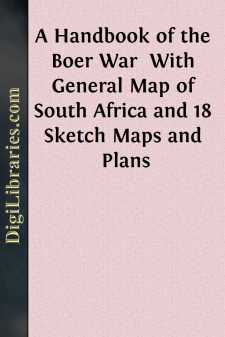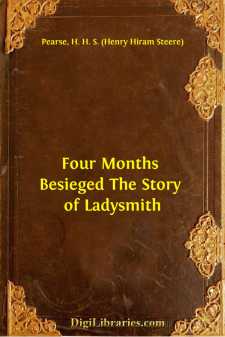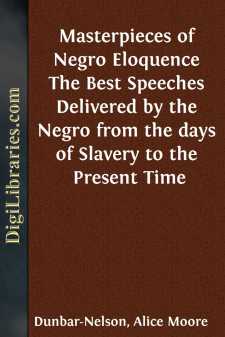History
- Africa
- Americas (North Central South West Indies) 50
- Ancient 68
- Asia 58
- Australia & New Zealand 8
- Canada 41
- Caribbean & West Indies 1
- Civilization 20
- Eastern Europe 12
- Europe 310
- Expeditions & Discoveries 60
- General 77
- Historical Geography 1
- Jewish 9
- Latin America 3
- Medieval 8
- Middle East 13
- Military 248
- Revolutionary 8
- Study & Teaching 5
- United States 353
- Western Europe 56
- World 13
Africa Books
Sort by:
CHAPTER I FINDING A PLACE OF REFUGE The migration of the blacks from the Southern States to those offering them better opportunities is nothing new. The objective here, therefore, will be not merely to present the causes and results of the recent movement of the Negroes to the North but to connect this event with the periodical movements of the blacks to that section, from about the year 1815 to the...
more...
by:
F. W. Reitz
INTRODUCTION. BROTHER AFRICANDERS! Once more in the annals of our bloodstained history has the day dawned when we are forced to grasp our weapons in order to resume the struggle for liberty and existence, entrusting our national cause to that Providence which has guided our people throughout South Africa in such a miraculous way. The struggle of now nearly a century, which began when a foreign rule was...
more...
by:
Unknown
I. THE ROUNDHEADS OF SOUTH AFRICA History often reproduces without reference to nationality some particular human type or class which becomes active and predominant for a time, and fades away when its task is finished. It is, however, not utterly lost, for the germ of it lies dormant yet ready to re-appear when the exigencies of the moment recall it. The reserve forces of human nature are inexhaustible...
more...
by:
Samuel Johnson
INTRODUCTION. Jeronimo Lobo was born in Lisbon in the year 1593. He entered the Order of the Jesuits at the age of sixteen. After passing through the studies by which Jesuits were trained for missionary work, which included special attention to the arts of speaking and writing, Father Lobo was sent as a missionary to India at the age of twenty-eight, in the year 1621. He reached Goa, as his book...
more...
CHAPTER I INTRODUCTORY The declaration of war—Sir George White and the defence of Natal—The force at Glencoe—Battle of Talana Hill—General Yule's retirement—Battle of Elandslaagte—Useless victories—Enemy's continued advance. Before taking up the history of the siege proper it will be well here to pass briefly in review the events which led up to the isolation and investment of...
more...
MAPS TO VOLUME I. Pains have been taken to embody in the maps all topographical information existing up to date. A very considerable amount of valuable triangulation has been executed over portions of South Africa, but no systematic detailed survey has ever been made by any of the South African colonies or states. Maps have, however, been compiled by both Cape Colony and Natal. The former has prepared...
more...
CHAPTER I ON THE EDGE NEWCASTLE, NATAL, Thursday, October 5, 1899. Late last Sunday night I found myself slowly crawling towards the front from Pretoria in a commandeered train crammed full of armed Boers and their horses. I had rushed from the Cape to quiet little Bloemfontein, the centre of one of the best administered States in the world, where the heads of the nation in the intervals of discussing...
more...
THE EVE OF WAR The next six weeks will be an anxious time for the British Empire. The war which begins as I write between three and four on Wednesday afternoon, October 11th, 1899, is a conflict for supremacy in South Africa between the Boer States, their aiders and abettors, and the British Empire. In point of resources the British Empire is so incomparably stronger than the Boer States that there...
more...
CHAPTER I STEAMING SOUTH R.M.S. 'Dunottar Castle,' at sea: October 26, 1899. The last cry of 'Any more for the shore?' had sounded, the last good-bye had been said, the latest pressman or photographer had scrambled ashore, and all Southampton was cheering wildly along a mile of pier and promontory when at 6 P.M., on October 14, the Royal Mail steamer 'Dunottar Castle' left...
more...
PREFACE It seems eminently fitting and proper in this year, the fiftieth anniversary of the Proclamation of Emancipation that the Negro should give pause and look around him at the things which he has done, those which he might have done, and those which he intends to do. We pause, just at the beginning of another half century, taking stock of past achievements, present conditions, future...
more...











